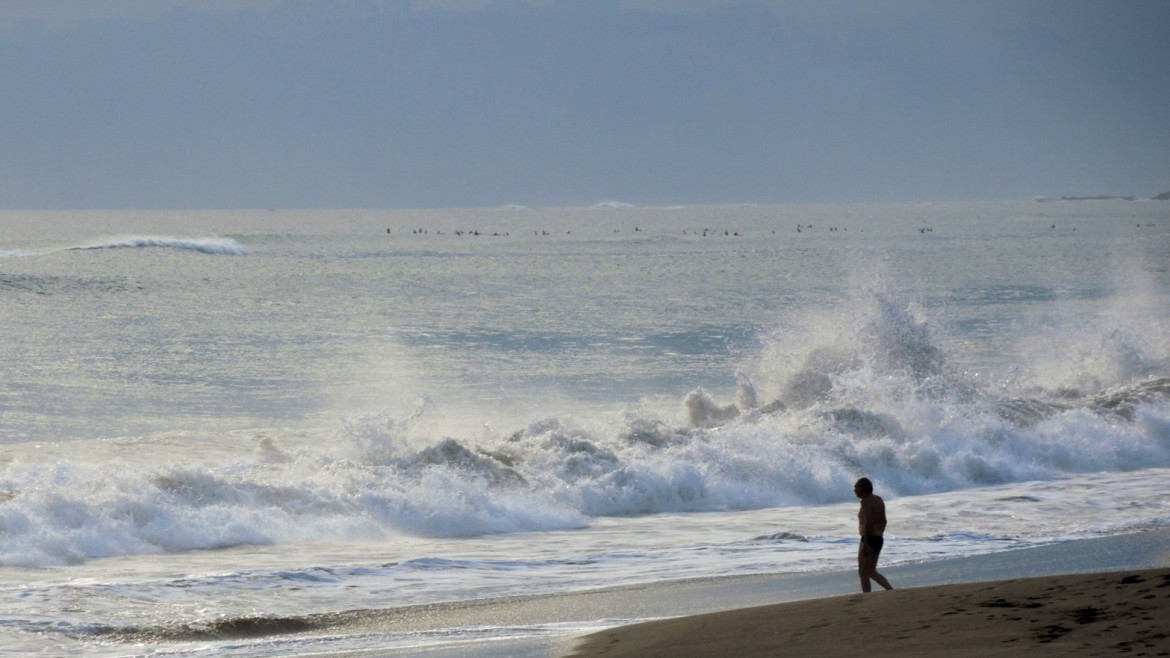Bali, Indonesia, experiences two primary wind seasons that significantly impact surfing conditions across the island. These seasons are closely linked to the wet (November to March) and dry (April to October) periods, with the change in wind direction marking the transition between these two phases.
Wet Season (November to March)
During the wet season, Bali is influenced by the northwest monsoon winds, which blow from the Indian Ocean towards the island. These winds bring heavy rainfall and onshore winds to many of the popular surf spots on the west coast. Onshore winds create choppy, less desirable wave conditions, making surfing more challenging and less enjoyable in areas like Canggu, Kuta, and Seminyak.
However, surf spots on the east coast, such as Nusa Dua, Serangan, and Sanur, become more favorable during this time. These locations are sheltered from the prevailing northwest winds, offering cleaner, more manageable waves. While the wet season does bring less consistent swells, the east coast’s sheltered spots can still provide excellent surfing opportunities for those looking to escape the windy west coast.
Dry Season (April to October)
The dry season marks the arrival of the southeast trade winds, which blow from the Australian desert across the Indian Ocean. These winds are offshore for the west coast, creating ideal surfing conditions with clean, hollow waves. This period is known as Bali’s prime surfing season, and legendary surf spots like Uluwatu, Padang Padang, Bingin, and Balangan come alive with world-class waves.
In contrast, the east coast surf spots become less desirable during the dry season, as the southeast winds blow onshore, creating choppy and inconsistent conditions. However, some lesser-known surf spots on the east coast, like Keramas, might still be worth exploring, especially during early mornings before the winds pick up.
In summary, the wind direction changes significantly affect Bali’s surf scene, with the west coast being best during the dry season and the east coast offering refuge during the wet season.

